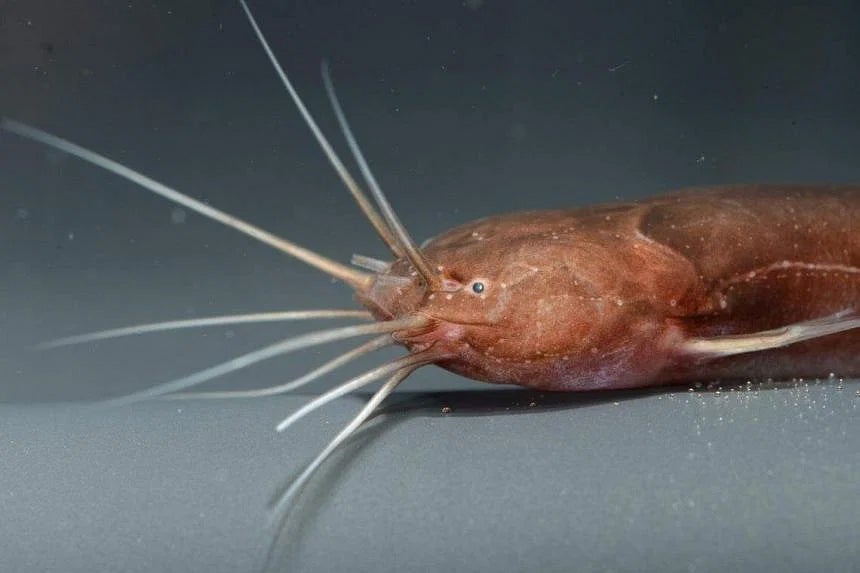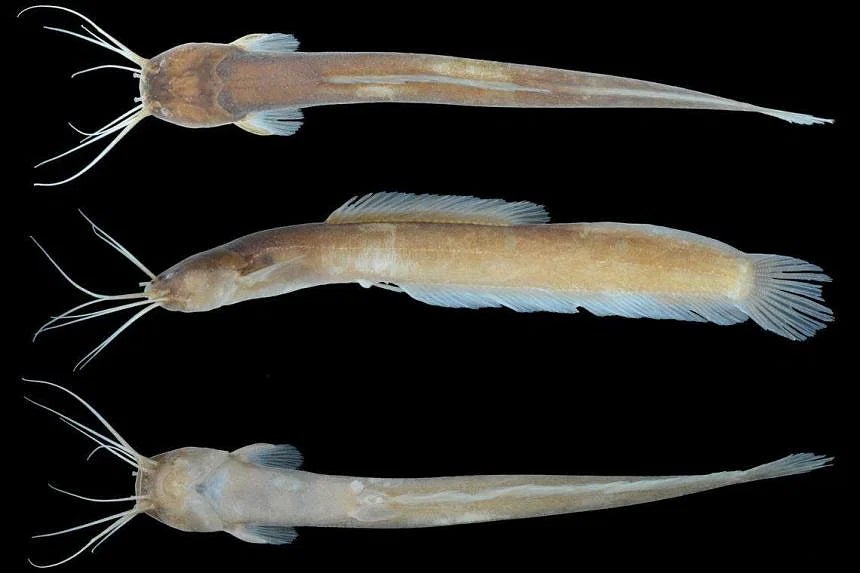Catfish species found for first time in Singapore’s only freshwater swamp

A certain species of catfish was recently discovered to be residing in the moist, humid habitat of Singapore’s only remaining freshwater swamp – all this while eluding scientists who have been conducting extensive surveys there for 30 years.
The surreptitious species – known as Encheloclarias kelioides – is among Asia’s most poorly understood clariid catfish, an air-breathing species characterised by their elongated bodies, lengthy barbels or whisker-like sensory organs, as well as their long dorsal and anal fins.
Dr Tan Heok Hui, a curator of fish at the National University of Singapore’s (NUS) Lee Kong Chian Natural History Museum (LKCNHM) in its Faculty of Science, told The Straits Times that the E. kelioides species was found for the first time in a forest stream in the Central Catchment Nature Reserve in August 2022.
Over the course of six months, close to 20 of the catfish species were discovered in the secluded but well-protected Nee Soon Swamp Forest, which is enclosed within the 2,000ha of forest cover in the heart of Singapore.
“This was the first record of this catfish in Singapore despite intensive surveys over the last three decades, after Eric Alfred’s comprehensive listing of Singapore’s native freshwater fishes in 1966,” Dr Tan noted, referring to the first Singaporean director of the National Museum.
Known to be a very secretive species, the E. kelioides burrows in submerged peat soil, leaf litter and root mats, and can easily evade detection by the untrained eye, he added.

Research assistant Tan Zhi Wan from LKCNHM, who discovered the species along with research associate Elysia Toh, told ST they were “surprised and excited”, as the fish was unlike anything they had seen locally.
“We had to check carefully to ensure the fish was not one of our native clariid species that had a damaged dorsal fin, as clariid species often have dorsal fins which extend all the way to the tail, whereas Encheloclarias species, including the E. kelioides, have slightly shorter ones.”
The E. kelioides was previously thought to be found only in peat swamps in eastern Peninsular Malaysia and possibly central Sumatra in Indonesia, noted scientists from NUS and the National Parks Board (NParks) in a research paper published on March 3 in the Raffles Bulletin of Zoology.
Associate Professor Darren Yeo, the head of LKCNHM, said these peat swamp habitats are known for their acidic waters, a specific type of ecological condition that the species is able to tolerate, with a pH as low as three.
However, with peat swamp habitats in the region gradually disappearing due to developmental needs, it is perhaps not surprising that the catfish species was instead discovered in Singapore’s freshwater swamp – another habitat with distinctly acidic water, he added.
The research paper noted that prior to the discovery, the E. kelioides had been recorded at only two localities in Peninsular Malaysia, with one fish found in a blackwater stream in Pahang in 1992 and another in Johor in 1937.
Since then, both areas have undergone extensive development, and the International Union for Conservation of Nature (IUCN) had – in its Red List of Threatened Species – assessed the species to be “critically endangered (possibly extinct)” in Peninsular Malaysia.
The paper also noted that one fish, found in a market in Sumatra, resembled the E. kelioides species, but a larger sample size would be needed for verification.
Since the discovery, the researchers have proposed an update to the IUCN’s Red List to have the species reclassified as “critically endangered”, said Dr Tan.

The Singapore Red Data List – a publication that records all present wildlife and biodiversity in the Republic, as well as their conservation status – has also been updated, he added.
Said Prof Yeo: “The presence of E. kelioides indicates that the swamp forest habitat in Singapore is at a mature state, and had existed for a long period of time.
“It also suggests that the swamp forests that existed previously at Mandai (now Upper Seletar Reservoir), Ang Mo Kio (residential and light industries) and Jurong (residential and industrial estates) probably had larger and more extensive populations of fish species that were able to tolerate and were therefore restricted to these ecological conditions.”
He added: “But all these were lost before proper documentation could be carried out.”
Mr Ryan Lee, group director of NParks’ National Biodiversity Centre, said NParks will continue to work with researchers to better understand the “abundance and distribution range” of the E. kelioides in Singapore, as well as the role these native catfish play in the freshwater ecosystem.
Mr Tan said the species is likely a scavenger and a predator of macro-invertebrates such as worms, aquatic insects and shrimp.
“They themselves are possibly prey for larger, primarily fish-eating species such as snakeheads,” the research assistant added.
Mr Lee noted that more freshwater species could be discovered in Nee Soon Swamp Forest in the future.
“This discovery highlights the significance of Nee Soon Swamp Forest as a stronghold of uncommon and specialised freshwater fauna to thrive in Singapore,” he added.


